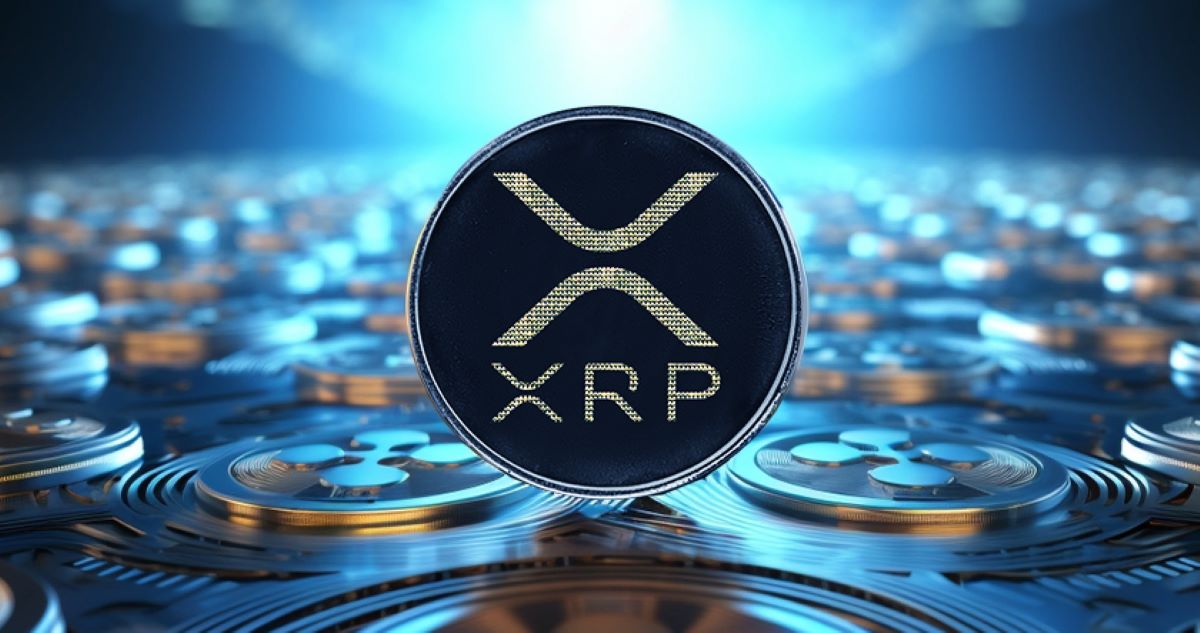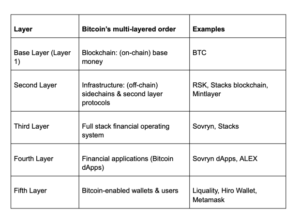
- With initial expectations of being a “Crypto Killer,” FedNow has significantly failed to impact XRP and the broader cryptocurrency sphere.
- Ripple’s focus on cross-border payments and the ongoing legal battle with the SEC have kept it in the spotlight.
July 2023 saw the US Federal Reserve, with thunderous promise, introduce FedNow, a 24/7 instant payment system that would disrupt the crypto sphere. Dubbed the “crypto Killer,” FedNow entered the market fully confident with its speed, security, and low fees, which would revolutionize payments and surpass what is often attributed to blockchain technology.
What FedNow offered was similar to what cryptocurrencies offer. Notably, this led analysts to speculate that FedNow might displace digital assets.
It has now been one year, and at the very least, FedNow has not posed a significant threat to XRP or the overall digital asset market.
Recapitulating, FedNow was introduced to remodel the traditional payment system, potentially posing a threat to SWIFT, CHAPS, and TARGET2. While it has made significant strides in this traditional payment sector, it has had little impact on the cryptocurrency market. In fact, since FedNow’s launch, the overall cryptocurrency market cap has surged by 59%, showcasing the resilience and continued growth of the digital asset industry
The crypto community was left agape after Uphold confirmed that the U.S. Federal Reserve’s instant payment system, FedNow, facilitated instant XRP transactions to select U.S. bank accounts, as earlier reported on CNF. There was great promise following the collaboration; after all, XRP had long been positioned as a solution for cross-border payments. However, that dream is but a ghost of its former self. XRP’s value has plummeted by 25% since FedNow’s debut.
At the time of writing, XRP is swapping hands with $0.5027, marking a 20.32% decline in the past week.
Despite the noble decline, Ripple has remained one of the key players in the cryptocurrency sphere. Ripple’s focus on cross-border payments and the ongoing legal battle with the SEC have kept it in the spotlight. It is also worth noting that Ripple has formed strong alliances with leading financial institutions. Notably, 80% of Japanese banks have collaborated with this crypto titan.
With Ripple’s impressive performance metrics, FedNow can’t compete with such remarkable statistics. It is important to mention that FedNow has managed to onboard over 900 financial institutions, and only 32 are currently certified to process payments. Given the current slow pace of adoption, it would require decades to reverse the growing cryptocurrency hegemony.
One Michael Wexler noted this and, via X, stated, “The tiny list of banks on the FedNow list is really disappointing. Yes, the backend “Service Providers” can offer FedNow to their users, but this is a really sad showing for this transformative service. BoA, Citi, where are you?”
On the defense, Mark Gould, chief executive payments officer of Federal Reserve Financial Services, acknowledged, “We’re still early on the road to instant payment ubiquity.”
While the introduction of FedNow marks a pivotal juncture in advancing US payments, the cryptocurrency market remains a tenacious competitor. With every awakening, a new digital asset is evolved driven by constant innovation. To lead the payments industry, FedNow must significantly outperform its rivals in attracting users and facilitating transactions.






















